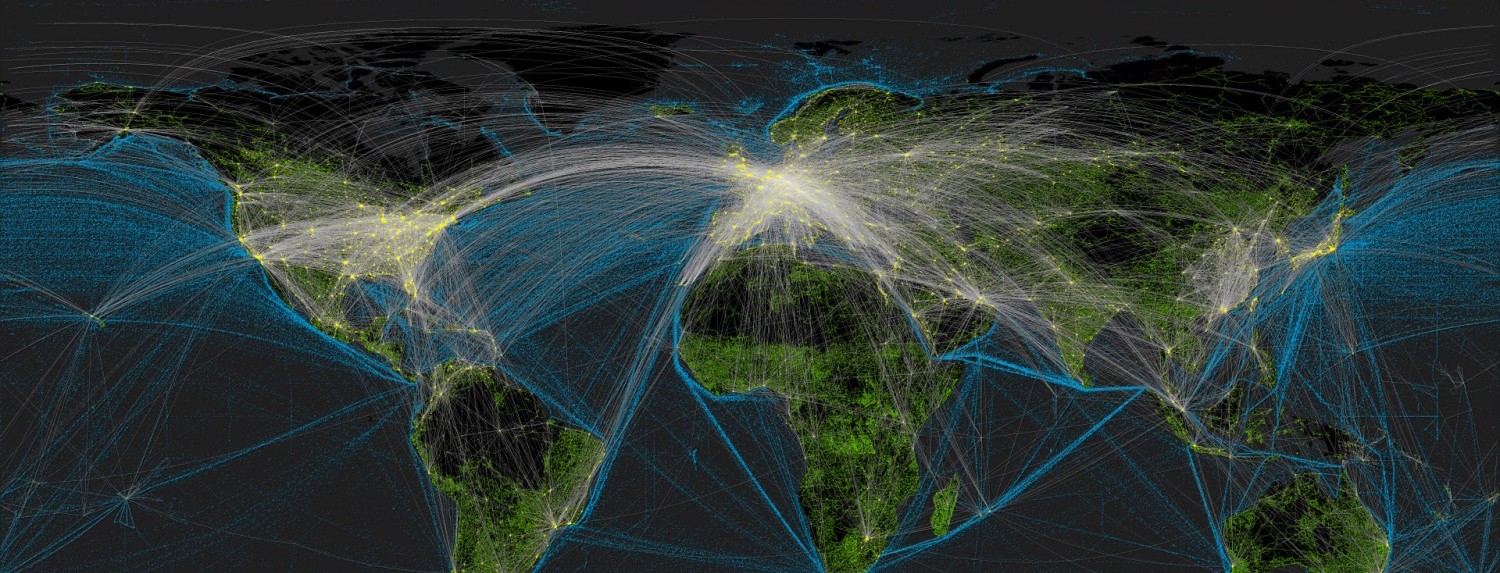Latin America in the digital game

If history did not provide enough links between two countries or say two continents, humans surely found priceless means for being online with their faraway fellows in the current millennium. Leaving in a shadow of mistrust matters of hard power of a dusty 20th century, the 21st century came out growing up with plenty of smart power tools in international relations, especially within the digital chapter. If something, the 21st century should be called the digital century, especially for the daily technological developments that allow tricks that even one year ago used to be unimaginable.
The emerging markets are the most appealing for app promoters and in general for the growing digital industry. In that sense, Latin America presents itself as a very fertile soil especially because unlike other continents hosting developing countries, this one has more resemblance with Western values and principles. Or at least, this would be the Western perspective. Because at the same time, there are niches of opportunity such as for oil or commodities industry that allow intromission from powerful stakeholders. At the beginning of 2015, Reuters informed how the Chinese President Xi Jinping pledged $250 billion investment in Latin America for the following 10 years in order to boost China’s influence in a region somehow previously supervised by the United States.
On the other side of the Atlantic, Europe, a faithful US partner under the umbrella of on-going TTIP negotiations, could be an alternative for Asian digital assets. But despite its continuous investments and links created with Latin America, both digital and non-digital, Europe sees itself often outdated by Asian prompt responses. Nevertheless, there are initiatives coming from powerful multinational companies, such as Telefonica, that bet on the fast-absorbing digital environment in Latin America, and do win their bets. Furthermore, in partnership with international organizations, such as CEPAL, the European private sector is also keen on boosting digital development in the region. The awareness has been risen also pointing out to the European Commission that supports a new submarine fiber-optic cable between Europe and Latin America, as publicly expressed in June 2015.
However, speaking of submarine cables, one of post-NSA surveillance shock effect has been the initiation of BRICS cable project. Brazil, as most of the Latin American countries, routes Internet traffic through a US host. More or less the same happens for other BRICS members using hubs from Europe or from the US. The cable could be ready for use by the end of 2015, with 7 landings, 34000km and 12.8Tbps, being more than just an alternative for undersea Internet cables. This project is one key element that can boost trade between Latin America and China for instance, already a fierce competitor in the multistakeholder digital scene.
Stepping forward on net neutrality, Brazil is the one hosting on 10 to 13 November 2015 the 10th Internet Governance Forum (IGF) annual meeting, in João Pessoa. This can be translated into a chance not just for Dilma Rousseff’s voice to spread the word about Marco Civil and other Brazilian initiatives, but also for the region itself to speak up on dynamic coalitions, best practices and other policy options that are on the IGF’s agenda.
Even though these issues appear to remain on a cloud, a stronger connection, hence a stronger connectivity through BRICS can translate into loosening the digital wire from the US or Europe. Of course there are various soft power nuances in culture between Latin America and China and are not to be neglected either. For instance, Asia does not necessarily share a corporate social responsibility culture like Europe and the US do, but its investments often do not need to be nuanced with social responsibility since they are already shaped and directed implacably towards long term cost-benefit advantages.
If users usually click blindfolded on I agree on terms and conditions, however this does not appear to be the case for Latin America. Indeed the regional desire to get an upgrade in the international financial market is quite strong, and it is what determines most of the cooperation decisions embracing China and other BRICS fellows. But at the same time the stakes are high, and so is the region’s digital potential. Comparing World Bank indicators in terms of Internet users, broadband subscribers and secure servers amongst the continents, most of Latin American countries registered fast growing Internet accessibility and use, also by increasing services of mobile phones and tablets contributing to an intense digital traffic.
Digital is not a zero-sum-game, by being both technologically and politically sensitive. Competition cases have to deal more and more with clauses tackling digital, as the network of stakeholders is becoming more puzzled with every KB of information shared. But while information is being saved online, if servers will fail and cyberattacks become reality in the case of a digital black-out, Latin America might have to reconsider its position in the game from spectator to player.
Fiorella Belciu